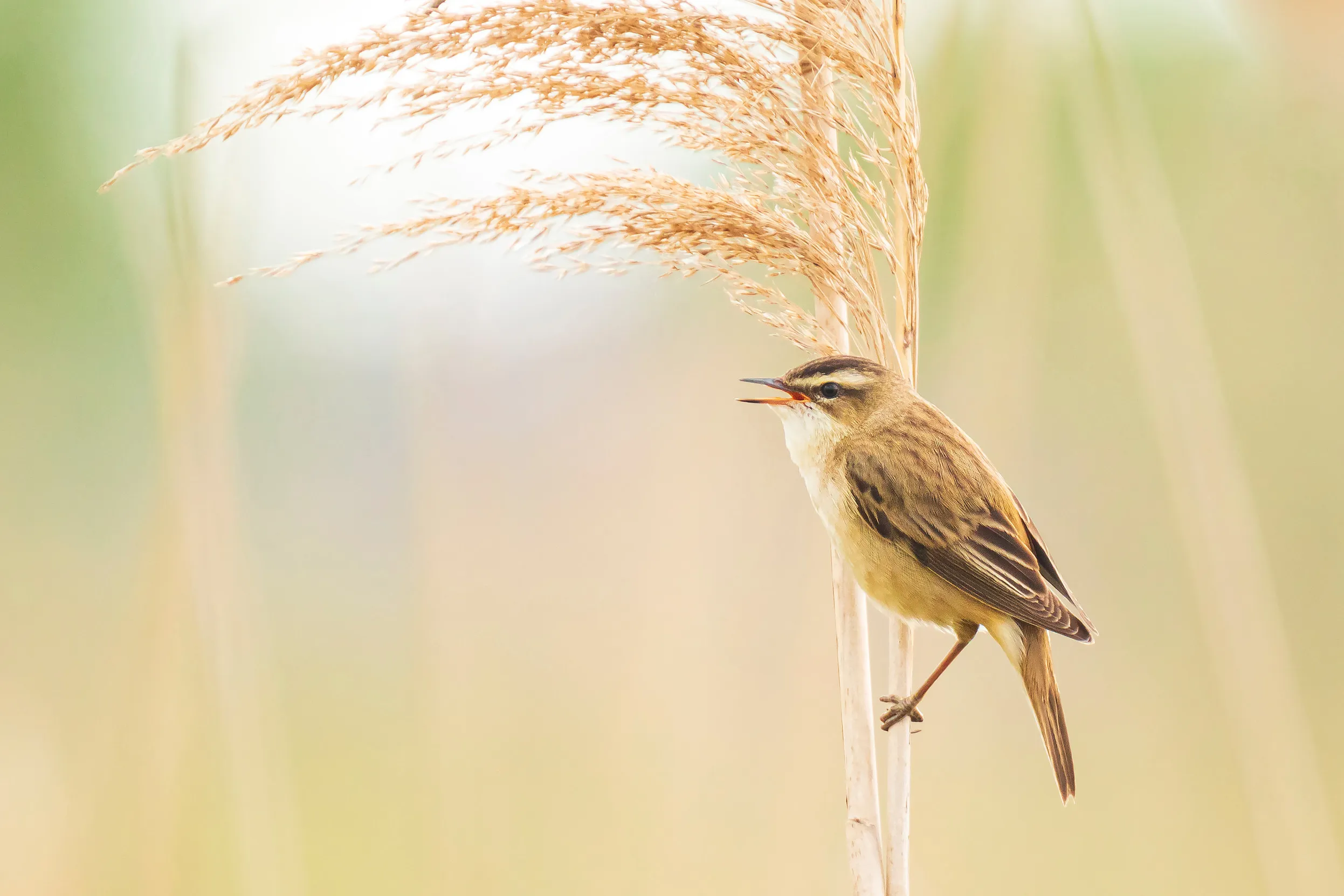News
White-tailed Eagles disappear in suspicious circumstances
We’re offering a £10,000 reward for information that leads to a conviction in these cases.
A series of squeak-like calls sound out among the reeds. Elegantly long, pink legs totter around the water’s edge. A long, probing bill seeks out insects in the water as the striking black and white plumage draws your eye in. The Black-winged Stilt is a rare treat for the UK and it’s even rarer for them to breed here.

This May, RSPB Frampton Marsh saw the arrival of four fluffy chicks in addition to the three young adults who had made their way over on 1 May. The female chose her partner out of the two adult males that accompanied her and the pair began building a nest out of mud and vegetation before the first egg was laid on 11 May. Three more eggs were laid on subsequent days and after an incubation period of 22-26 days, they all hatched successfully around the same time.
The chicks are sand-coloured and speckled black, making them well-camouflaged. Like a newborn fawn, their disproportionately long legs to their bodies give them an endearing appearance. They’ll stumble around in the nest for a bit finding their feet, before venturing out into the world.
Black-winged Stilts have the longest legs of any bird relative to size, making up two-thirds of their total body length. It’s no surprise where they got their name from – it does look like they’re walking on stilts.
These wading birds are listed Amber on the UK Birds of Conservation Concern list, but Least Concern on the IUCN Red List globally.

The Black-winged Stilt bred only four times in the UK between 1945 and 2005. In more recent years, however, we have seen an increase; 2017 was deemed a ‘record year’ with 13 chicks fledging across Kent, Cambridgeshire and Norfolk.
This is the first time ever they’ve bred in Lincolnshire though. So what’s brought them over here?
Dr Chris Andrews, Visitor Experience Manager at RSPB Frampton Marsh, explains:
‘Black-winged Stilts have been expanding their breeding range to the south of the UK, and more tend to arrive in spring when their favoured wetlands in south-west Europe dry out due to drought.
‘Much of Spain and France have been experiencing severe drought conditions, which has doubtless caused the influx of stilts to the UK this spring, alongside other species like Night Heron, Purple Heron and Great Reed Warbler.’

Frampton Marsh provides the perfect habitat with freshwater wetlands and reedbeds, pools and grasslands. The reserve is next to The Wash – the UK’s most important estuary for wildlife.
Frampton Marsh is part of a network of wetlands from the Thames to the Humber, making up the east coast wetlands. This area has been coined a 'bird superhighway' with hundreds of thousands of birds passing through or making themselves at home in the safe havens found there. In 2023 these wetlands became one of just seven sites on the UK's list of potential World Heritage sites which are considered to be of outstanding universal value to humanity. If accepted onto UNESCO’s World Heritage List the area would join some of the world’s most iconic sites, such as the Great Barrier Reef.”
Interestingly, the first documented breeding pair of Black-winged Stilts in the UK nested in a sewage farm in Nottingham in 1945. Nowadays, they are taking advantage of purpose-built protective spaces in RSPB nature reserves.
Vulnerable to predation and human disturbance, they need somewhere quiet and protected to build a nest. The breeding pair chose to settle in a fenced-off protective zone of Frampton Marsh, proving just how valuable and important it is for us to provide these spaces.
“Our staff and volunteers work incredibly hard to protect all the species here at the reserve, and by taking steps such as putting up protective fencing, we’re doing everything we can to see nature flourish here.” - John Badley, Site Manager at RSPB Frampton Marsh.
Come and visit us to learn more about the safe spaces we have created for breeding birds at any of our nature reserves.
